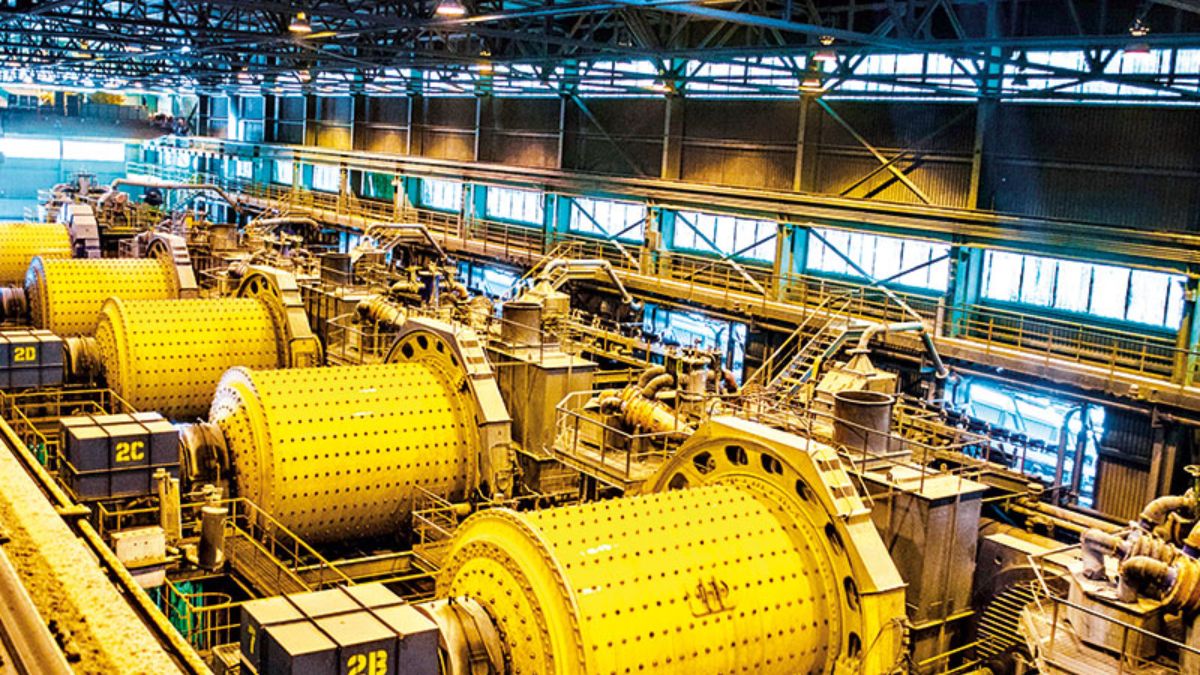 Image credit: Nepali Sansar
Image credit: Nepali Sansar
The latest data from Nepal’s industrial sector indicates a downturn in capacity utilization, reflecting challenges in the private sector’s growth trajectory. According to recent reports, average industry capacity utilization in the third quarter of the fiscal year 2023-24 has fallen to 58.47 percent, down from 62.31 percent in the previous quarter. This decline raises concerns about the overall health and sustainability of the country’s industrial districts.
The decrease in capacity utilization suggests that industries are not operating at full potential, which can have broader implications for economic growth and employment. Analysts attribute this slump to a combination of factors, including supply chain disruptions, energy shortages, and limited access to financing. These challenges have been exacerbated by external economic pressures and internal inefficiencies within the industrial sectors.
Industry experts warn that the declining capacity utilization rate could lead to reduced competitiveness of Nepali products both domestically and internationally. This scenario could undermine efforts to expand the country’s export base and attract foreign investment.
The government and industry stakeholders have been urged to take immediate action to address these challenges. Proposed measures include improving infrastructure, streamlining regulatory processes, and enhancing businesses’ access to affordable credits. Additionally, there is a call for better coordination between public and private sectors to create an enabling environment that supports industrial growth and innovation.
The downturn in capacity utilization also highlights structural issues within Nepal’s industrial districts, such as outdated machinery and inadequate technological adoption. Addressing these issues will require significant investment in modernization and skills development to equip the workforce for more advanced industrial processes.
This situation underscores the need for a comprehensive strategy to revitalize the industrial sector. Policymakers and business leaders are encouraged to collaborate on long-term plans that not only address immediate concerns but also lay the foundation for sustainable industrial growth. Without such efforts, Nepal risks falling behind in an increasingly competitive global market, limiting its potential for economic advancement and improved living standards for its population.
The recent capacity utilization figures have prompted calls for a review of Nepal’s industrial policy framework. Critics argue that existing policies do not sufficiently incentivize innovation and efficiency improvements. They recommend implementing targeted incentives for industries to upgrade technology and adopt sustainable practices, which could enhance productivity and resilience. There is also a push for policy reforms to simplify business operations, reduce bureaucratic red tape, and improve the overall business climate, which is essential for attracting new investments and fostering private sector growth.
